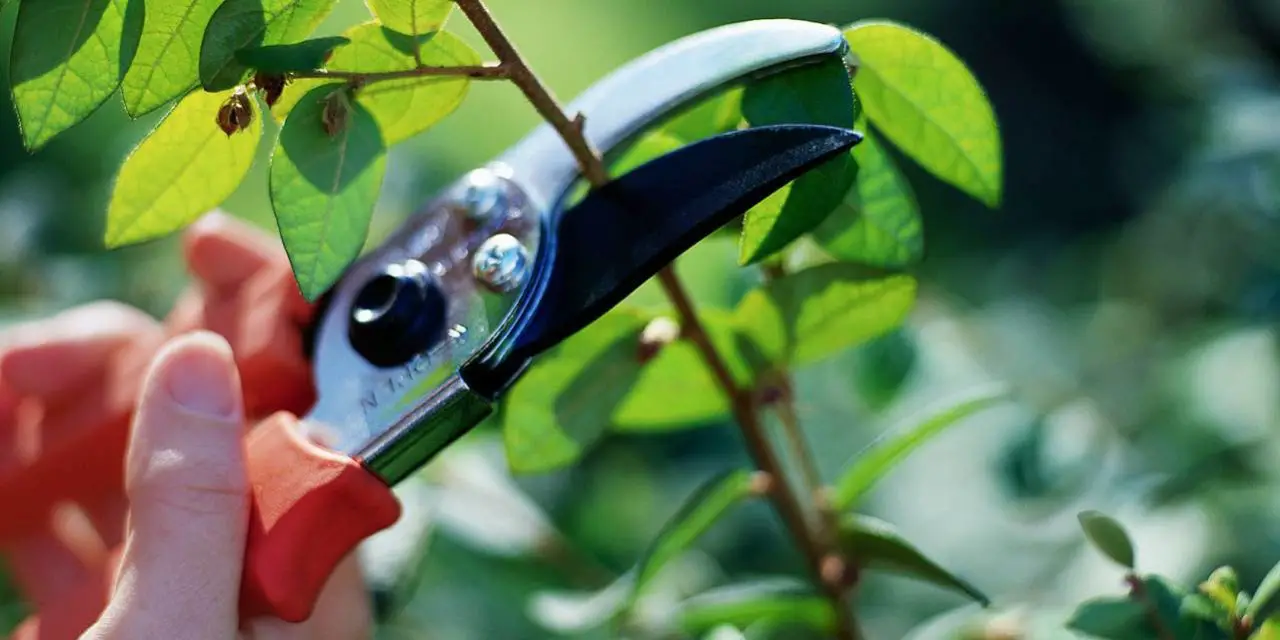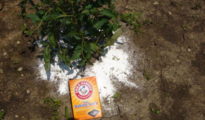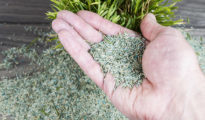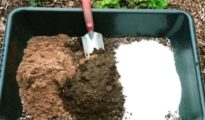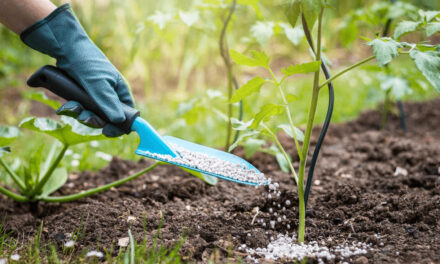Pruning is an essential aspect of maintaining healthy and productive plants in your garden. Whether you're tending to a small home garden or managing a large landscape, the art of pruning ensures that your plants grow strong, yield more fruits and flowers, and maintain an attractive appearance. In this blog post, we will explore the techniques, tools, and tips to master the art of pruning and create a thriving garden.
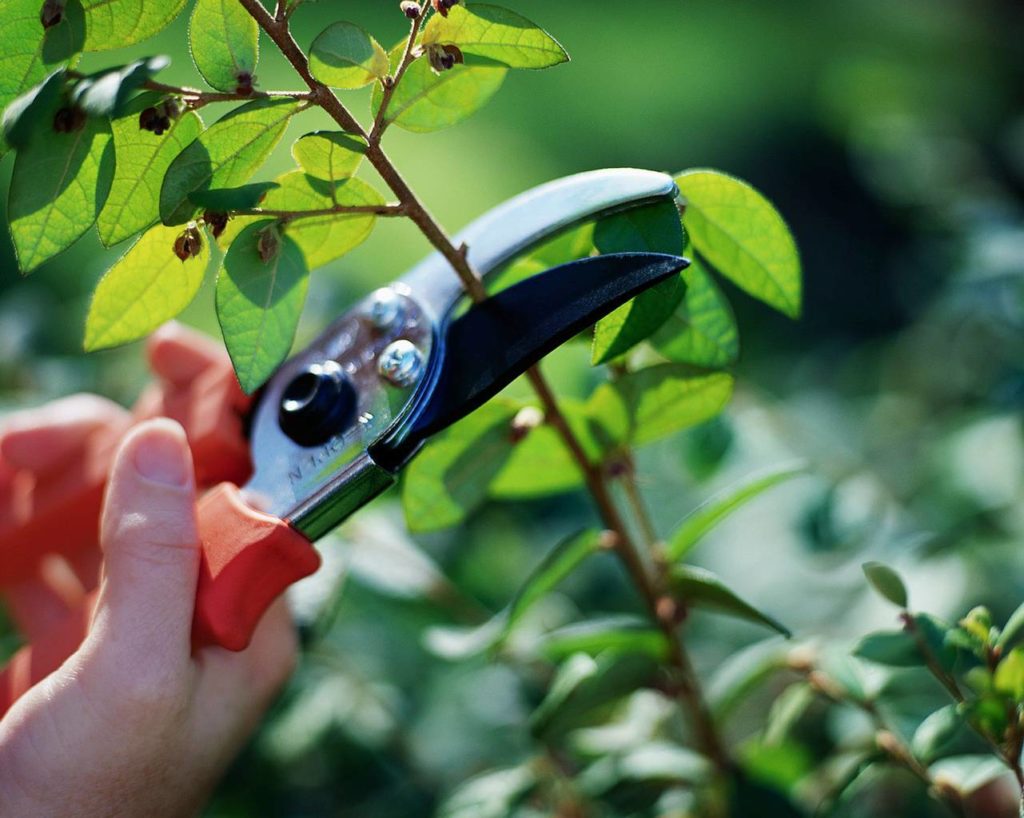
Understanding the Importance of Pruning
Pruning is the process of selectively removing certain parts of a plant, such as branches, stems, or roots, to improve its growth, health, and appearance. Here are some reasons why pruning is essential:
- a. Promotes plant health: Pruning helps remove dead, diseased, or damaged plant parts, preventing the spread of disease and pests. It also promotes better air circulation and light penetration, reducing the chances of fungal infections.
- b. Encourages growth and productivity: By removing weak or unproductive growth, pruning directs a plant's energy towards stronger, healthier growth, leading to better fruit and flower production.
- c. Improves plant structure and appearance: Regular pruning helps maintain a plant's natural form, controls its size, and creates an attractive appearance.
- d. Ensures safety: Pruning can prevent accidents caused by broken or hanging branches and can also help maintain clear sightlines on roads and pathways.
Basic Pruning Techniques
Before you start pruning, it's crucial to understand the various techniques used to achieve the desired results. Here are some basic pruning techniques:
- a. Thinning cuts: Thinning cuts remove an entire branch or stem back to its point of origin or to another lateral branch. This technique promotes better light penetration and air circulation and helps maintain a plant's natural form.
- b. Heading cuts: Heading cuts involve shortening a branch or stem by cutting it back to a bud, lateral branch, or trunk. This technique encourages dense, bushy growth and is useful for maintaining the size of a plant or rejuvenating an overgrown specimen.
- c. Pinching: Pinching is the removal of the growing tips of a plant, usually using your fingers or a pair of pruning shears. This method encourages branching and bushy growth in herbaceous plants and can also help control the size of a plant.
- d. Root pruning: Root pruning is the selective removal of a plant's roots to encourage new root growth, improve the root structure, or prepare a plant for transplanting.
Choosing the Right Tools for Pruning
Using the proper tools is essential for effective pruning and preventing damage to your plants. Here are some of the most common pruning tools:
- a. Hand pruners: Hand pruners are ideal for cutting small branches and stems up to 1 inch (2.5 cm) in diameter. They come in two types: bypass pruners, which have a curved, scissor-like cutting action for clean, precise cuts, and anvil pruners, which have a straight cutting blade that crushes the branch against a flat surface.
- b. Loppers: Loppers are similar to hand pruners but have longer handles for increased leverage, allowing you to cut branches up to 2 inches (5 cm) in diameter.
- c. Pruning saws: Pruning saws are designed for cutting larger branches, typically 2 inches (5 cm) or more in diameter. They come in various styles, including folding saws, pole saws, and bow saws.
- d. Hedge shears: Hedge shears are used for trimming and shaping hedges and shrubs, with long, straight blades that can cut multiple stems simultaneously.
- e. Root pruning tools: Root pruning tools, such as root cutters and pruning spades, are designed for the selective removal of roots, either to improve root structure or prepare a plant for transplanting.
Knowing When to Prune
The timing of pruning is crucial for achieving optimal results and minimizing stress on your plants. Here are some general guidelines for when to prune:
- a. Prune during dormancy: For most plants, the best time to prune is during the dormant season, usually late winter or early spring. This allows plants to recover before the growing season begins and minimizes the risk of disease and pest infestations.
- b. Prune after flowering: For spring-flowering plants, prune immediately after they have finished blooming to avoid removing the following year's flower buds. For summer-flowering plants, prune in late winter or early spring before new growth starts.
- c. Prune during the growing season: Some plants, such as fruit trees and certain perennials, may require light pruning during the growing season to maintain their shape or improve fruit production.
- d. Avoid pruning in late fall: Pruning in late fall can stimulate new growth, which may not harden off before winter, increasing the risk of cold damage.
Pruning Different Types of Plants
Different types of plants require specific pruning techniques to maintain their health and appearance. Here are some general guidelines for pruning various plants:
- a. Trees: When pruning trees, focus on removing dead, diseased, or damaged branches, as well as branches that cross or rub against each other. Also, remove any branches that grow at narrow angles, as they are more prone to breaking. Maintain a central leader (main trunk) and evenly spaced branches for a strong, well-balanced structure.
- b. Shrubs: Prune shrubs to maintain their natural shape and size. Remove any dead, diseased, or damaged branches, as well as any branches that are growing inward or crossing. For deciduous shrubs, consider renewal pruning, which involves removing one-third of the oldest branches each year to encourage new growth.
- c. Hedges: Trim hedges regularly to maintain their desired shape and size. Cut back the sides at a slight angle, so the base is wider than the top, allowing sunlight to reach the lower branches and preventing bare spots.
- d. Roses: Prune roses in late winter or early spring, removing dead, diseased, or damaged canes and thinning out crowded growth. Cut back canes to a healthy bud, angled away from the bud, to encourage outward growth.
- e. Fruit trees: Prune fruit trees to maintain an open, well-spaced structure that allows for good light penetration and air circulation. Remove any dead, diseased, or damaged branches, as well as any branches that are growing inward or crossing. Thin out fruiting spurs to prevent overcrowding and promote larger, healthier fruits.
Pruning Tips and Tricks
Here are some tips and tricks to help you master the art of pruning:
- a. Always use sharp tools: Dull tools can crush or tear plant tissue, leading to infection and slow healing. Regularly sharpen and clean your pruning tools to ensure clean, precise cuts.
- b. Make clean, angled cuts: When pruning, make clean, angled cuts to prevent water from collecting on the cut surface, which can lead to rot and disease.
- c. Don't over-prune: Over-pruning can weaken a plant and reduce its ability to photosynthesize. As a general rule, never remove more than one-third of a plant's foliage in a single pruning session.
- d. Prune with a purpose: Before making any cuts, consider the desired outcome and how pruning will affect the plant's growth and appearance.
- e. Learn from experience: The more you prune, the better you will become at understanding how plants respond to different techniques and how to achieve the desired results. Don't be afraid to make mistakes – plants are often resilient and can recover from incorrect pruning.
- f. Observe your plants: Regularly inspect your plants for signs of disease, pest infestations, or other issues that may require pruning. Early intervention can help prevent more significant problems later on.
- g. Keep a pruning calendar: Keep track of when you prune each plant in your garden, as well as any observations or notes about their response to pruning. This information can help guide your future pruning decisions and ensure that you're pruning at the appropriate times.
- h. Ask for help: If you're unsure about how to prune a specific plant or face a challenging pruning situation, don't hesitate to consult with a local gardening expert, horticulturist, or arborist for advice.
Pruning is an essential skill for any gardener, helping to maintain healthy, productive, and attractive plants. By understanding the principles of pruning, choosing the right tools, and practicing proper techniques, you can master the art of pruning and create a thriving, beautiful garden. Remember to be patient, learn from your experiences, and always prune with a purpose.

